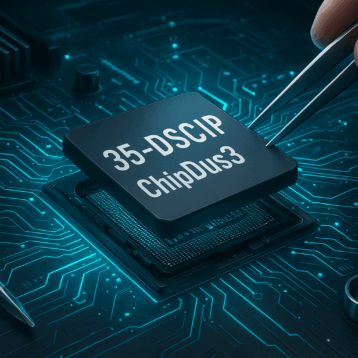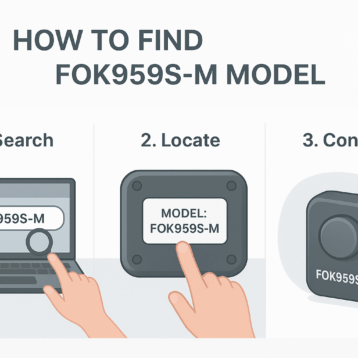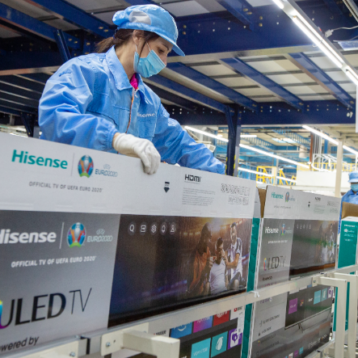Scientists from the National Institute of Standards and Technology (NIST) have demonstrated for the first time the concept of a vital magnetic characteristic of specifically fabricated semiconductor devices. The team hopes that this breakthrough could lead to smaller and faster devices, benefiting from the magnetic data storage capabilities found in the semiconductor materials.
 |
|
Brian Kirby, one of the scientists from the
National Institute of Standards and
Technology (NIST) who was part of this
magnetic semiconductor research.
(Credit: Brian Kirby, NIST) |
|
Conventional magnetic storage devices used in consumer electronics, like computer hard drives, MP3 players, and other metallic based products, have separate data storage and execution units. At least part of the delay (or slowness) generated by current products is due to the relatively long way data has to go – being retrieved from the storage, passed to the central processing unit (CPU) for processing and execution, and back again to the storage unit. These back and forth transfers, can dramatically hinder the general performance of the system.
However, the new technology developed by NIST in collaboration with the
Korea University and the
University of Notre Dame, have proven that thin magnetic layers of semiconductor material could demonstrate
antiferromagnetic coupling, where one layer spontaneously lines up its magnetic pole in the opposite direction to the next magnetic layer.
The
2007 Nobel Prize in Physics was based on the discovery of antiferromagnetic coupling in metals, but the new technology enables this property to be extended from metals to semiconductor materials. As a result, the new semiconductor material would not only compute but also store data.
 |
Researchers working at NIST have
confirmed that thin magnetic layers (red)
of a semiconductor separated by
a nonmagnetic layer (blue) can exhibit
a coveted phenomenon known as
“antiferromagnetic coupling” in which
manganese (Mn) atoms in successive
magnetic layers spontaneously orient
their magnetization in opposite directions.
This discovery, made by scattering neutrons
(arrows) from the material, raises the
prospects of “spintronic logic circuits”
that could both store and process data.
(Credit: Brian Kirby, NIST) |
|
Gallium arsenide (GaAs) is used as a magnetic semiconductor as it contains magnetic atoms (manganese) as substitutes for some gallium atoms. Previous research indicates that the separation of these two thin films of this material by a nonmagnetic material of just the exact thickness and electrical properties, antiferromagnetic (AF) coupling could be achieved. As in magnetic fields when varying between poles, the setup of layers would act like a switch, creating what researchers call “spintronic” logic circuits. The “spin” characteristic can be visualized as tiny internal bar magnets in particles such as electrons.
The team at the
NIST Center for Neutron Research used the
“polarized neutron reflectometry” technique to study these multilayer stacks. By beaming and bouncing neutrons off the stacks, some of the magnetic neutrons are able to effortlessly infiltrate through the entire stack and the reflected neutrons present data regarding the magnetic properties of the specific layers.
Results from the study performed showed that at low temperatures and high magnetic fields, the beamed neutrons data indicate a parallel alignment of all layers. This shows that AF coupling is achievable in GaMnAs-based multilayers. However, the technique still isn’t practical for normal use as the phenomenon only occurs at very cold temperatures, approximately 30 Kelvin (-243.15 Celsius or -405.67 Fahrenheit). Nevertheless, once the team develops a method of maintaining the same magnetic properties at room temperature, the possibilities of creating fast and small devices will be endless.
 |
Design of the polarized neutron
reflectometry technique. (Credit: NIST) |
|
TFOT previously covered advanced MRAM technology developed by Freescale Semiconductor in 2006. You can also check out our article on laser hard drives, where researchers succeeded in flipping the value of magnetic memory bits using an ultra fast laser, as well as a new speed record for magnetic memories, where spin-torque switching was also applied to increase speeds in future non-volatile magnetic memories.
Additional information on this magnetic semiconductor can be obtained at the
NIST website.










![How to Reset Insignia TV [Step-By-Step Guide]](https://thefutureofthings.com/wp-content/uploads/2025/01/Insignia-Roku-TV-358x358.png)


